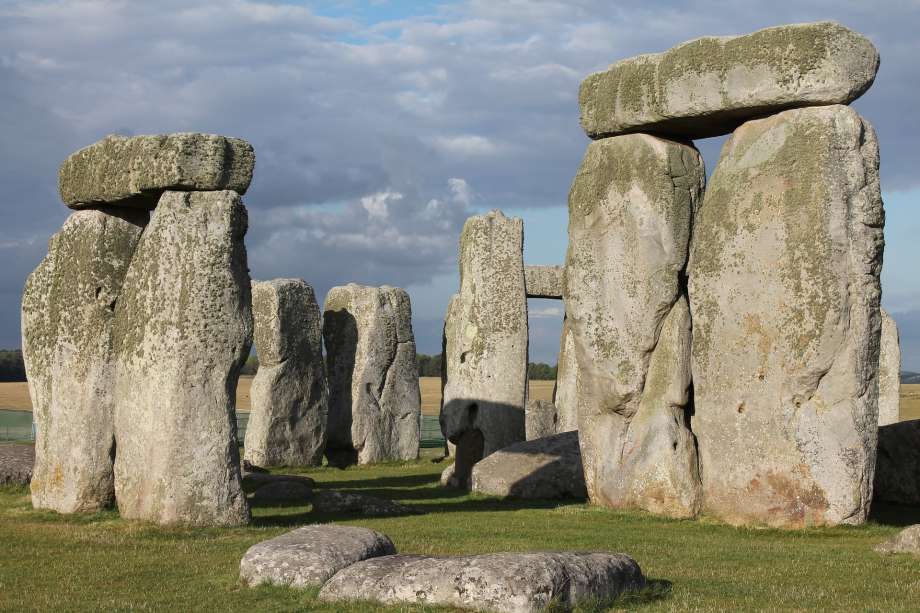Build Your Own Stonehenge Activity

Build Your Own Stonehenge Activity
Age: 8 and up
Time: 1 to 2 hours
Type of Activity: Science
Materials needed:
- Center stake for reference point.
- 50 feet of rope.
- 20 to 30 marker stones or small stakes.
- A compass.
What to do
The first thing you'll need to do is create a viewing circle. Anchor a reference stake at the center point of the circle and place your compass on top of it. Find due north and place a marker at 50 feet north of the center. Repeat the process for east, west and south. (The rope is used as a guide to insure that all markers are equidistant from the center stake.) Again, using the rope as a guide, place a small marker stone every few feet around the perimeter of your circle. The center of the circle now becomes your fixed reference point and the westward facing perimeter is where you'll be placing the sunset markers.
The calendar can be started at any time, but the solstice sunsets are the most fun. Mark the point of sunset with a pole, stake or other (not easily moved) marker. Tag the marker with the date of sunset.
Repeat the process every seven days or so. Over the weeks and months you'll note that the sun appears to "walk" faster at some times of the year than others. When you've finished (in a year's time) you'll have a working astronomical calendar and an excuse to invite friends and classmates over to the house to check the date.
Non-construction alternatives
- Photo-op: Take a snapshot of the western skyline and tape it to the wall by a western facing window. With a felt tip marker draw an arrow on the photo corresponding to the point of sunset and note the date. Repeat the process.
- Window marks: (This takes two people.) Standing at the same point in the room of a western facing window, have the other person make a small mark on the glass where the sun sets. Note the date and repeat the process on a weekly basis.
How it works
The principle behind an astronomical calendar is simple. The apparent rising and setting horizon point of the sun changes with each passing day. The different points correspond to different days of the year.
At minimum, an astronomical calendar only requires a fixed reference point for viewing and another fixed reference point marking the position of the rising and/or setting sun on the horizon.
In the Northern Hemisphere, if you were to watch a time-lapse movie of a year's worth of sunsets, you would notice that the sun appears to "walk" back and forth across the western horizon. The winter solstice marks the southern limit of the sun's journey and the summer solstice is the northern boundary. Closer examination would reveal that, with the exception of the two solstice extremes, every other point on the horizon is crossed twice during the course of the year. Once on the southern march and again on the northern return.
At the time of the winter and summer solstices, (around December 22 and June 22) the sun is directly overhead at either the Tropic of Cancer (summer) or the Tropic of Capricorn (winter). In the Northern Hemisphere these dates mark the beginnings of summer and winter and the days of the longest and shortest hours of daylight.

